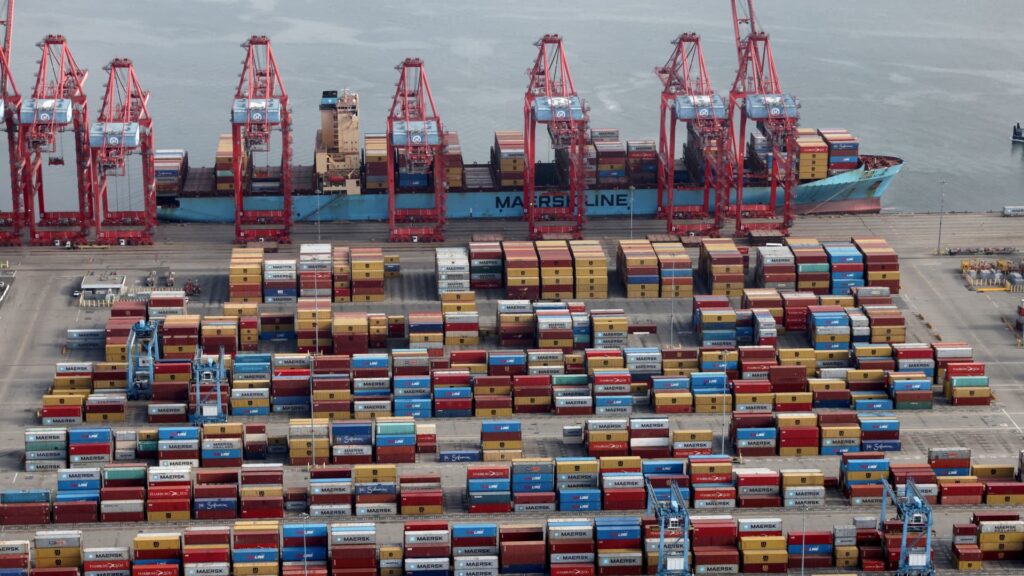An Optoro warehouse in Tennessee that handles returns for retailers.
Source: Matt Adams | Optoro
As the markets prepare for the latest consumer price index data to be released on Tuesday, logistics managers are warning of a persistent source of inflation in the supply chain and saying consumers should be ready for the effect it will have on their wallets.
While many sources of supply chain inflation that stoked higher goods prices have come down sharply — including ocean freight rates and transportation fuels — bloated inventories due to a lack of consumer demand are sustaining upward pressure on warehouse rates.
“In 2022, we saw rate levels for international air and ocean and domestic trucking fall back down to earth,” said Brian Bourke, global chief commercial officer at SEKO Logistics. “But inflationary pressures remain where demand outpaces supply in 2023, including in warehousing through most of the United States, domestic parcel and labor.”
One reason for the imbalance between warehouse supply and demand is the lack of new facilities coming into the market.
“National warehousing capacity remains low and will remain tight for the foreseeable future as U.S. industrial construction starts have fallen considerably year-over-year due to rising interest rates,” said Chris Huwaldt, vice president of solutions at WarehouseQuote.
Consumer prices have come down sharply as goods inflation that surged during the pandemic has cooled. And Federal Reserve Chairman Jerome Powell expressed confidence after the most recent Fed meeting that disinflation “has begun.” December’s CPI was the smallest year-over-year increase since October 2021, at 6.5% on an annual basis, down from a 9.1% peak in June 2022.
The Fed is now more focused on services inflation, in particular labor prices, as it expects the pressure in goods inflation to continue a downward trend. But the logistics issues suggest there will be some elements of sticky inflation on the goods side of the equation.
“The…
Read the full article here





